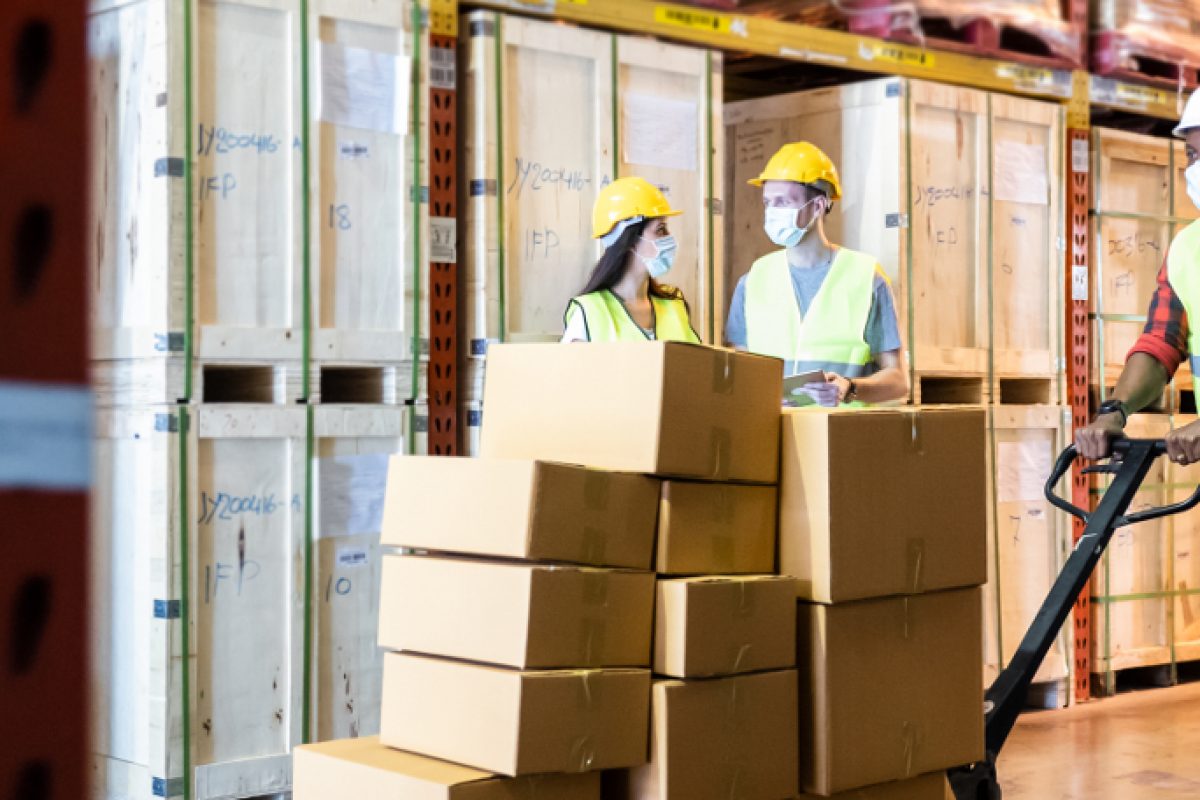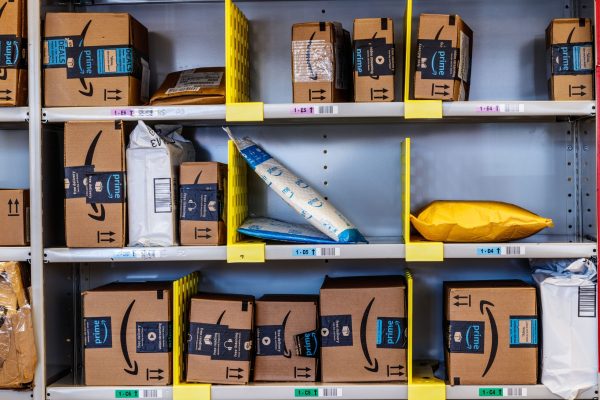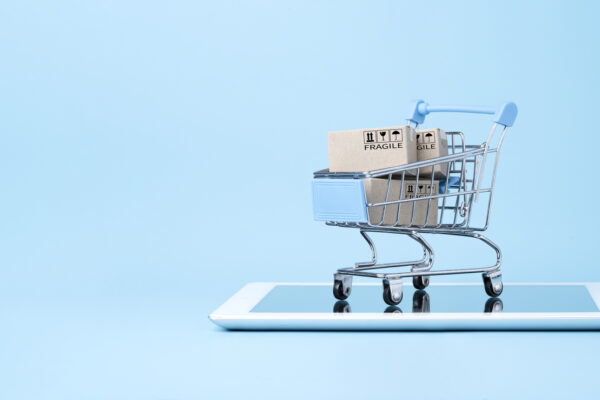When the COVID-19 pandemic hit last year, B2B logistics services initially saw a decline as uncertainty spread and supply chains were disrupted. As consumers turned to online shopping in lockdown, e-commerce and B2C logistics experienced an unprecedented surge in demand which, combined with COVID-19 safety protocols, saw increased pressure on supply chains.
The fall and rise in demand over the last 18 months highlights the need for businesses to adapt quickly to the changing situation. It became clear how stretched global supply chains were, and how vulnerable that made them to disruptions; it exposed how a break at any point of the chain could affect the whole business. As restrictions in the UK are lifted and vaccines are rolled out globally, it’s time to explore what logistics in a post-COVID world may look like.
Shorter supply chains
The first step to minimising risk, creating more resilient supply chains and delivering goods quicker is to shorten supply chains. During the first wave of the pandemic, when suppliers were unavailable, many businesses scrambled to look for local replacements, augmenting shipments from overseas to avoid delays.
The structure of supply chains has therefore seen a shift from globalisation to localisation. In the future, companies may do best to make sure they have reliable local links in the chain. Businesses that have established new regional networks will continue to rely on those more heavily, reducing dependence on global sourcing and encouraging a re-emergence of logistics hubs and distribution centres at regional level.
Less single-sourcing
Although it’s important to focus on regional links, it also builds resilience to simply have multiple suppliers in your network. A broader set of partnerships will increase flexibility as it reduces reliance on a single supplier. To help manage risk and expand exposure in the market, forward-thinking logistics businesses should therefore aim to become less rigid and rely less on single-sourcing.
Increased investment in fulfilment and warehousing
Coming out of COVID-19 restrictions, many businesses reliant on logistics services should consider maintaining higher inventory levels in order to provide a buffer against disruption and to respond to fluctuations in demand. Inventory should be as close to demand as possible, but it also needs to be in the right place – close to customers – improving reach even when crossing borders is problematic.
While this could mean an increase in required warehouse and distribution space, software and technology can help monitor stock levels in real-time to enable better logistics decision making and improved business agility. Outsourcing logistics services can also support many businesses to react quickly to peaks and troughs in demand, without the need to hire extra staff or source additional warehousing space.
Optimisation & new technology
Operating inventory in a more efficient way will become crucial, but so will driving optimisation through omni-channel networks for distribution. Leveraging different modes of transport (air, sea, land) is key, and technology will become a crucial aspect of optimisation for effective logistics in a post-COVID world. As high demand for e-commerce services continues, fulfilment providers must ensure they are prepared to meet that demand without compromising on service quality.
Integrating data science, analytics and automation improve the predictability of the supply chain, which is a big focus for businesses in the wake of COVID-19. The benefits offered by technology include automatic tracking and alerts, enhanced navigational abilities, digital tracking as well as route optimisation. Technology will also be key in driving sustainability, as tracking processes help drivers reduce unnecessary fuel consumption, as well as minimising safety risk.
Why you should work with a logistics partner
Although e-commerce was on a steady growth trend for years prior to the pandemic, this has been greatly accelerated during the crisis. Those that were previously reluctant to shop online are embracing it, and this changed consumer behaviour is sure to stay. People will continue to buy much of what they need online, increasing the need for automation and optimisation within logistics.
By choosing to work with a logistics partner such as Sprint Logistics, you automatically have access to our global network of warehousing and distribution centres. This ensures that your supply chain has regional links around the world, safeguarding your business against disruptions and delays. Our e-commerce delivery service API integrates directly into your retail supply chain, and we manage the whole process, including freight planning, importing/exporting, stock management, pick and pack, to onward bulk shipping.
By outsourcing your logistics, you automatically have access to a wide infrastructure network globally, ensuring flexibility in your supply chain and access to powerful technological logistics solutions. Third party logistics providers like Sprint Logistics use data to track packages in real time from warehouse to destination, giving our customers full visibility of their product’s journey, as well as support with inventory forecasting and online stock control.
Sprint Logistics is dedicated to ensuring our logistics services offer customers and consumers fast, reliable and safe logistics solutions. To find out more about how we’re working to keep everyone safe, or learn more about how our logistics solutions can support your business growth, contact us today.




